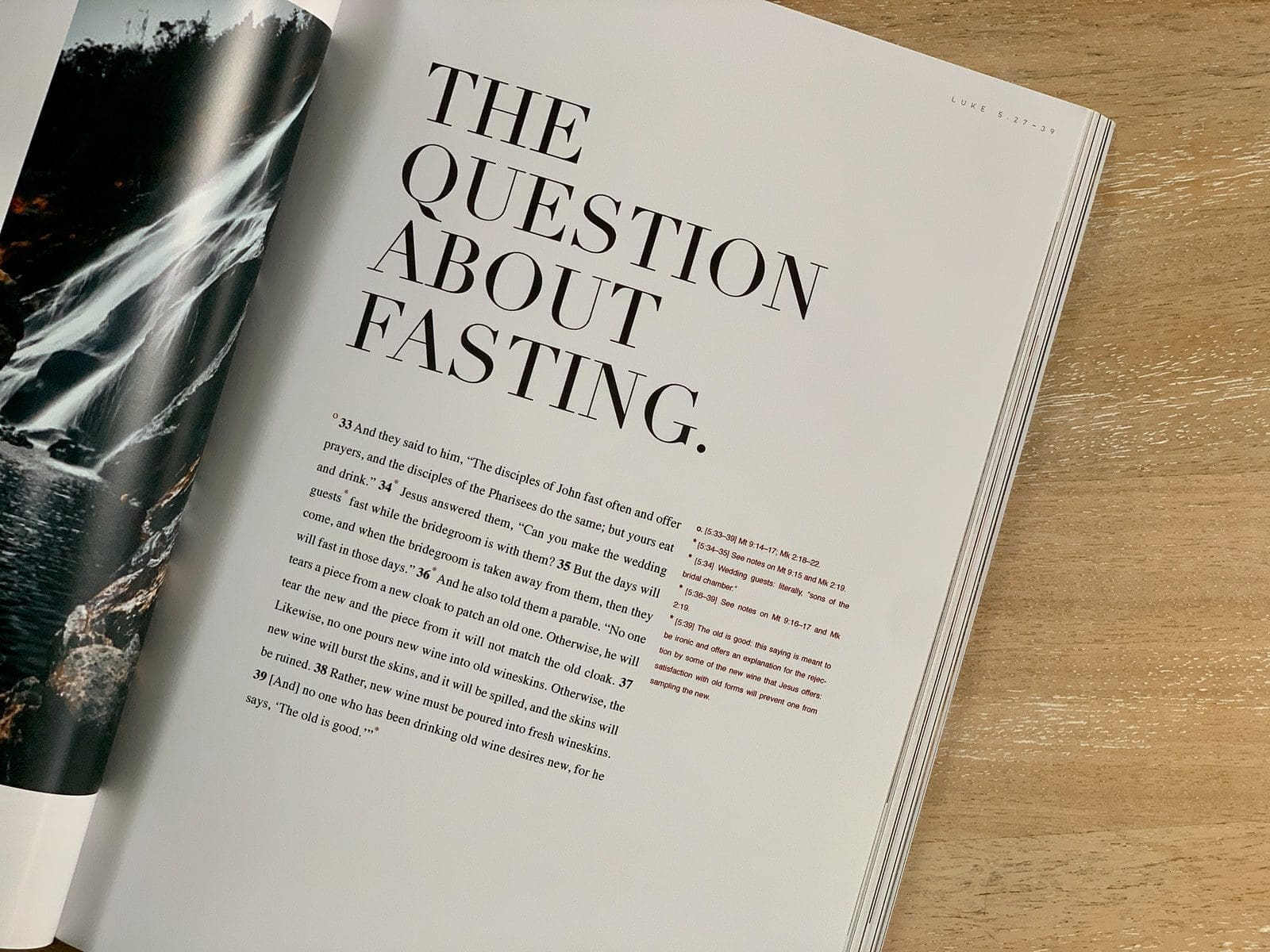
Intermittent fasting has been a practice that people associate with those who want to lose weight. While it is true that it can help with fat loss, there’s so much more to it than just that. There are actually several more health benefits that going on this kind of fast can provide you.
Of course, there are so many ways that you can go about doing this fast. But, before you decide to get started, it’s good first to learn more about what goes on during an intermittent fast. That way, you get to understand those benefits you can get, and then you can work your goals around what you know.
If you’re thinking of taking a deeper dive into what really goes on with intermittent fasting and how to go about it, take a look at these intermittent fasting tips from Paige Jarreau. This can help supplement what this article can provide you with.
How Does Intermittent Fasting Work?
Before learning about how you can go about your intermittent fast, knowing what happens to your body during the fast is essential. It can help you better understand the changes your body will be going through as you go along and can help you manage your goals and expectations.
When you go through your fast, you go through two main stages. First, there’s the fasted stage, and then there’s the feeding or refeeding stage.
Feeding
The feeding stage is that window of time you have where you eat your meals. It’s during this part of intermittent fasting where your body focuses on growth and recovery. Right after a meal, your body digests the food. During digestion, it breaks down the food you eat into smaller, more absorbable nutrients, such as proteins, carbohydrates, and vitamins. It then uses this to help build and sustain the cells in your body. It also stores glucose, the nutrients and “food” for your body, in the form of glycogen.
Fasting
On the other hand, the fasted stage is when you do not eat. This can be further broken down into different phases, all of which follow a timeline.
During the first 12 hours of your fast, your body switches to a state that is called ketosis. In this stage, your body no longer relies on its energy and food stores (e.g., glycogen). Instead, it switches over to the fat cells stored in your body. As your body breaks it down, it produces a byproduct called ketones. These are the alternative sources of energy for your body, especially for your brain.
Once you’re 18 hours into your fast, your body is breaking down and utilizing your fat stores to help produce more ketones. As an effect, you’re burning through your fat stores and essentially getting rid of fat in your body.
By the 24th hour of your fast, your body gets this signal to start breaking down damaged and defective cells. This is called autophagy, and this is your body’s way of rejuvenating and refreshing its cells and tissues. However, this only happens when you’re deep into your fast, and your stored glucose and levels of insulin are low.
When you’re 48 hours into your fast or are consuming very low calories, the levels of growth hormone in your body shoot up. This is because the ketones produced by the fat breakdown signal your brain to produce growth hormones. This helps preserve your body mass and reduces fat buildup, which can be good for your health in the long run.
54 hours in, and your insulin levels are at their lowest level since the start of your fast. When your body’s insulin levels are low, not only is autophagy activated but inflammation levels are reduced. You become more insulin sensitive as well.
Finally, when you’re 72 hours into a fast, your body’s disposing of your old immune cells and creating newer ones in their stead.
How Can I Go About My Fast?
If this is your first time to go on this kind of fast, it’s essential that you first start slow. Pace yourself because it will take time for your body to get used to only eating at certain times. You can work your feeding window during times when you will really need to eat, such as when you’re at work or when you’re more active.
Once you’ve worked a specific schedule for your eating and fasting, you can first start slow. You can try a 12-hour fast to get used to it. Then you can start adding one more of fasting when you feel like you can handle more. Afterward, you can keep building on that.
Once you’ve worked your way up to longer fasting times, you can then find more ways to practice your fast. For example, you can try eating once a day or alternating between days where you eat normally and days where you don’t eat at all.
Intermittent fasting is more than just a practice that can help you lose weight. It can help you strengthen your immune system and even help rejuvenate your cells and tissues. Of course, getting started on it may not be easy, especially if it’s your first time. However, there are ways to help you through it. If you want to learn more, you can browse up more research or go and check the intermittent fasting tips from Paige Jarreau before starting on your intermittent fast. You’ll learn more technical details and even find a fasting method that can best work for you!


Be the first to comment